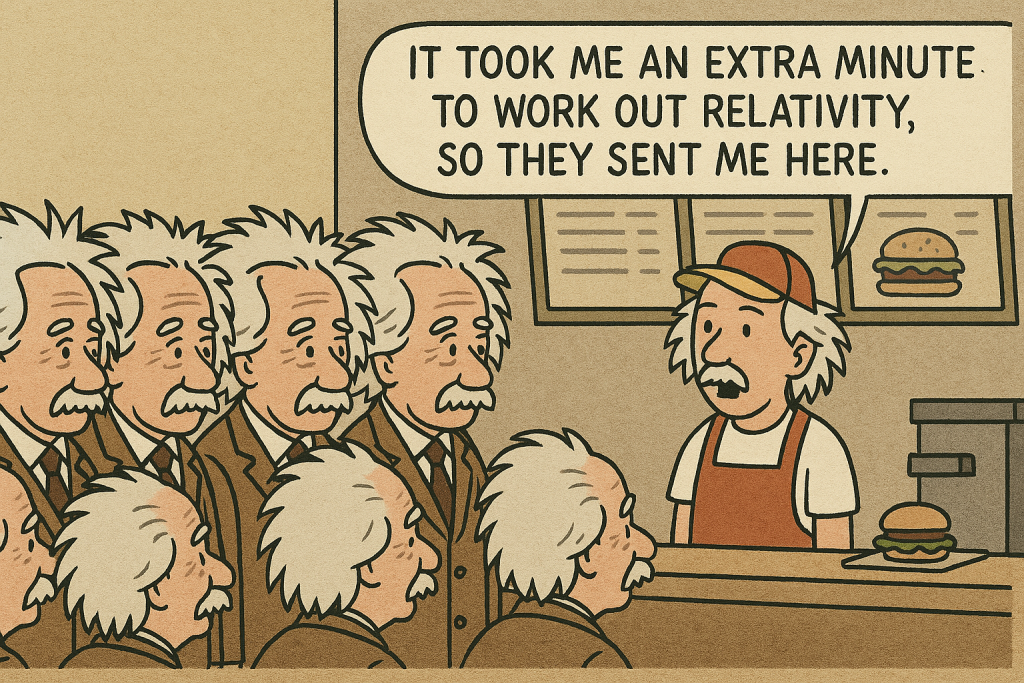Mass production revolutionized manufacturing in the early 1900s, with affordable goods produced on assembly lines. By enabling lower-skilled jobs for repetitive tasks, companies increased productivity.
Today, computer technology and AI continues that trend by reducing both labor and non-labor expenses. This increases profits and competitiveness, expanding markets and increasing shareholder value. Productivity gains have helped make America an economic powerhouse.
Toggle between Productivity dates to see the changes in compensation and employment at a major bank.
Impact of Productivity at a Bank
(Per $100M revenue, adjusted for inflation)
Who Benefits?
When profits increase, so do company valuations. This benefits shareholders which are primarily composed of executives, investors, and large institutions like funds.
Workers that remain can also see gains, but these have been much less than executives. The portion of the workforce that was downsized is left behind of course.
In the 1980s about 15% of the jobs were lower paying service jobs. By 2024 that number had risen to 35%. In the future automation will claim even more higher paying jobs, migrating them to lower paying ones.
With the growing proportion of lower paying jobs, education and hard work alone cannot overcome income inequality.
In a world of Einsteins, geniuses will still be making minimum wage.
